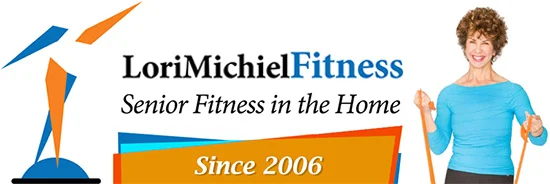
For any person, a regular stretching routine can bring some surprising benefits.
While you might think that stretching right before activity is beneficial, it needs to be done on a regular basis for a minimum of 10 minutes in order to bring some major changes to muscles and tendons. Research shows that people with the least flexibility have increased chances of injury.
I am one of those people who can easily sense when my body is tight. The areas for me that are my biggest challenges are my hips and back. It is probably the same for most people. I learned that before or after my spinning class at my gym, or a fast walk or gentle jog in the neighborhood, I pay close attention to stretching my hips and hip flexors. Hip flexors are the area located at the front, upper part of your thigh where it meets with the lower part of your torso. It is also referred to as the groin or groin muscles. Once I’ve stretched, I feel it is much easier to move around, even though I have arthritis. If I want to get down and dirty in my garden, plant or pull weeds, it is easier if I have been stretching on a regular basis.
Even if you don’t jog, take a spin or cycle class, or are sitting all day, these muscles can tighten up pretty easily anyway. Also, if your profession (computer jobs, dentists, ophthalmologists), requires you to bend over a lot, you may often feel tight. You may also need to challenge the usual negative outcomes of a weak back, knee, etc. with stretching.
The popularity of practices, such as yoga and Pilates, has brought stretching to the forefront. While these programs incorporate flexibility training, their emphasis is not specifically aimed at improving range of motion of all major joints. Without improving our flexibility, it’s much harder to move our bodies that we work so hard to preserve. Good flexibility can bring positive benefits to our muscles and joints.
What is flexibility?
Flexibility is a general term for the range of motion in one or more joints and how well they can assist us with specific tasks, such as bending over and picking things up off the floor, squatting to sit in a low chair or getting up from one. Good flexibility is known to bring positive benefits to our muscles and joints. Our range of motion in the joints (for instance, we need flexible hips and back muscles to be able to reach down and tie our shoes) depends primarily on bone, muscle and connective tissue structure (fascia) and function. As we age, we lose elasticity in these areas and this limits our ability to move effortlessly. Skeletal changes, such as osteoarthritis injury or surgery may further limit our movement. Joint pain can result, creating muscle soreness that can negatively affect our mood, work activities and our general exercise routine. Even simply walking up a hill can be made easier if we stretch.
General Recommendations
- Include all major muscle groups in any stretching plan
- Do at least two different stretches for each joint (elbows, knees, shoulders) movement
- Before any physical activity, do light stretches (two or three times, holding for 5 to 10 seconds)
- After your exercise, practice with medium-intensity stretches
- If soreness persists and it is not serious, continue to use light stretches as you did in your warm-up
Stretching is a skill that should not be ignored. Because of the complexity of muscle attachments, many stretching exercises can stimulate a variety of muscle groups and multiple joints.
For more examples of stretching, please read Did You Hear? Stretching is Back in Fashion – Part 1 Learn how and focus on embracing your body in a way that it will love you back.
For NEW tips, videos and information, visit our website or Facebook page. Share our newsletter “Fitting News” with someone you care about. We’d love to hear from you, fill out our Contact form or call us at 818-620-1442. We do fitness differently!
General Recommendations from: Nelson, Arnold G. and Kokkonen, Jouko. Stretching Anatomy. Champaign: Human Kinetics Publishers, 2007. Print.
